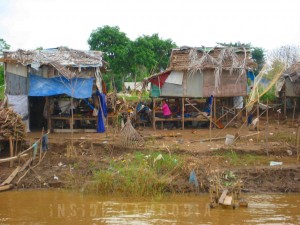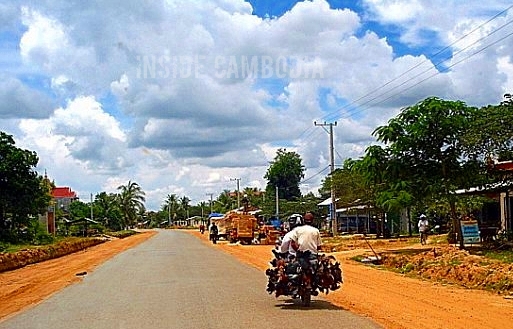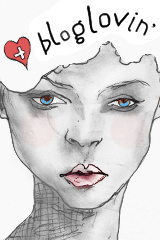APAD 196: Island-people
These are just some of the sights I saw while on a boat that went around the Chroy Changva Peninsula in Phnom Penh. Chroy Changva is the small island across the Royal Palace (riverside). I pray that the floodwaters didn’t do much damage to these people and their properties.
More Wordless entries can be found here (please click the logo):
Read More
APAD 192: Cooperation
I saw this sign by the door of a commune training centre in Kampong Thom province in one of my visits there. If I’m not mistaken, the partnership has been on for more than 20 years now with about 260M euros spent for programs in Cambodia.
Cambodia is a partner country for the German Development Cooperation.The priority areas of cooperation agreed between the two governments are rural development and support for the health system. Cross-cutting tasks include: fostering democracy, civil society, public administration and good governance. (Source)
More signs all over the world at Signs, Signs. Please do have a look.
Read MoreAPAD 191: Shrimps galore
These shrimps are caught in the waters just off Sihanoukville, Kampot, and Kep. Aside from selling them fresh, they are also sold as dried, or, preserved in salt and spices and bottled. The dried and preserved ones are usually used to season or add zing to Khmer food.
More Wordless entries can be found here (please click the logo):
Read MoreAPAD 190: A Khmer traditional house
This is how a typical rural Khmer house looks like. It is made of wood and palm fronds.
This type of Khmer house is found all over the countryside. They are all on stilts and up above the ground, as you can see in the picture. This is to avoid flood-waters. On dry, summer season, the lower part of the house is used as a kitchen, a storage area for their things and a rest area at daytime. In the evenings, it is also used to shelter the family’s farm animals.
This is my entry to this week’s Our World Tuesday.Click on the logo for more pictures of our world.
Read MoreAPAD 185: Live chickens
Chicken, anyone?
These men drive around the village to find chickens that are sold by the villagers. They are sort of middlemen on wheels; they catch them with their own bare hands – if they can catch them because these chickens will put up a fight – bind their feet, and tie them upside down with other chickens at the side of the moto. It looks cruel but that’s the way it goes here… These middlemen in turn, sell these chickens in bigger markets, of course, with a bit of a profit.
This is my entry to this week’s Our World Tuesday.Click on the logo for more pictures of our world.
Read MoreAPAD 179: Blooming and balancing…
… the cans. You don’t even know what this “thing” is from a distance. This is the back side. Hidden behind the pile of cans strung together, is a man, in his 40s, and driving a motorcycle. It’s a dangerous job collecting these cans. The driver himself could not see what’s following behind him. And the others could not see what is this moving “thing”, what was in front or where the driver is if you don’t get closer to it. Takes a lot of balancing act and presence of mind and nerves of steel to be able to drive on these roads. I just pray that this can collector go through his daily rounds safely each day.
This is actually an old photo I took some years ago while on a research activity in Kep. As you can see in the watermakr, it was posted in my other blog.
More Mellow Yellow Monday entries here (please click logo):
Read More















Follow Us!